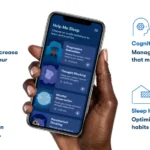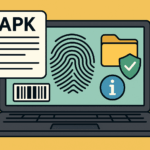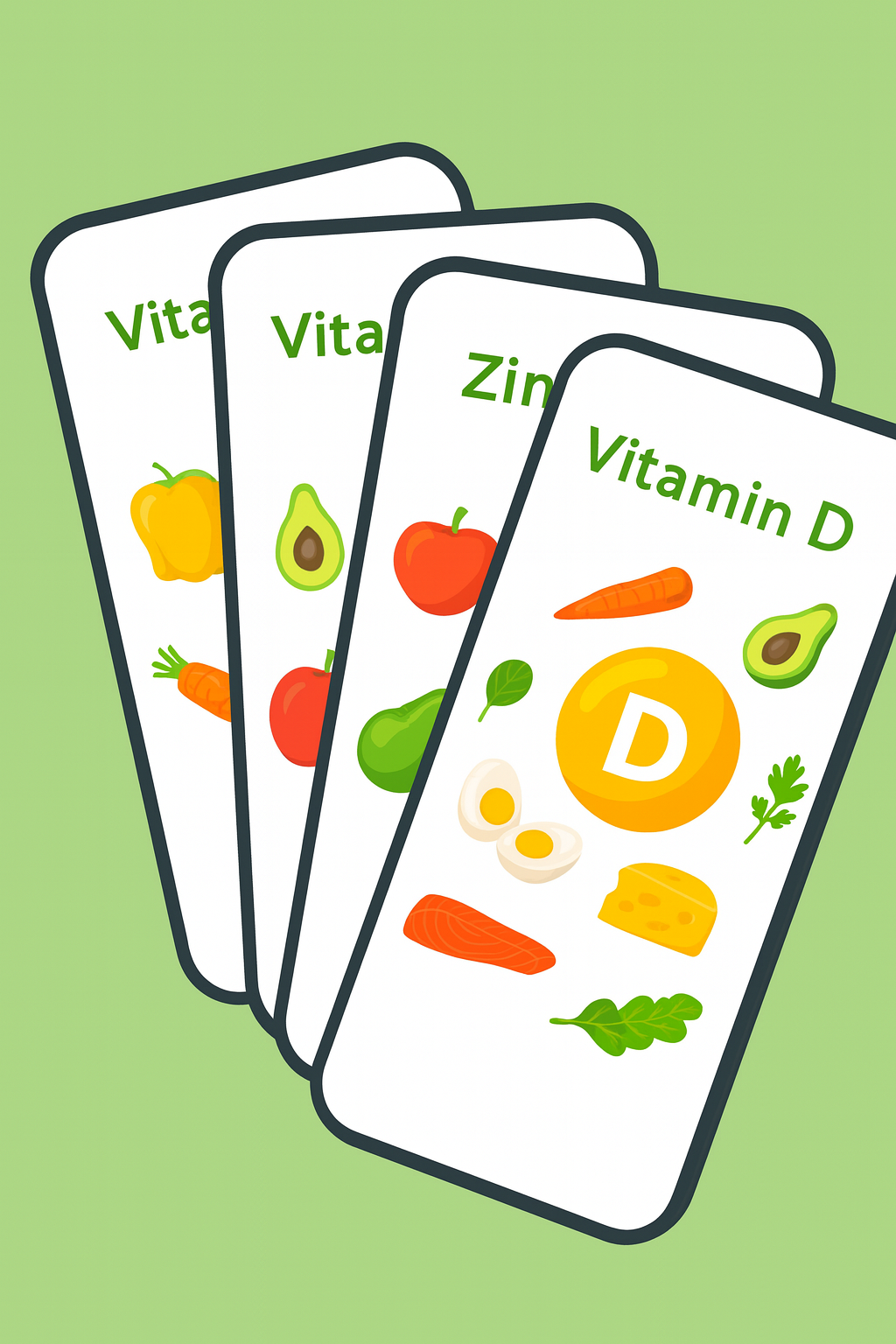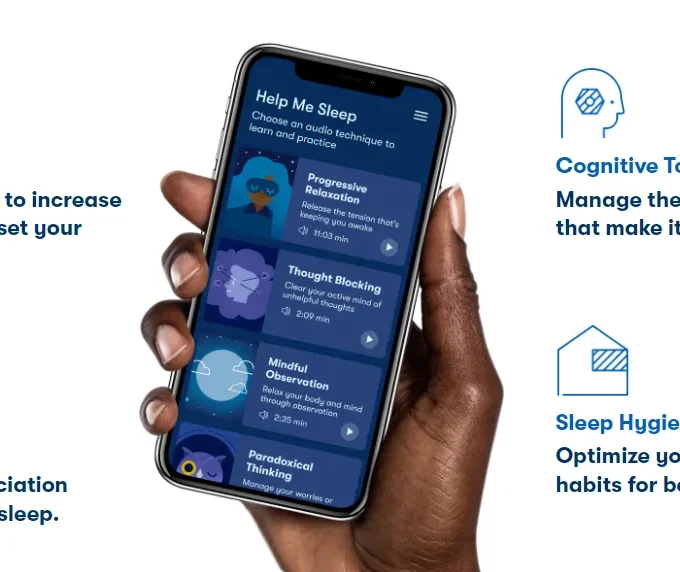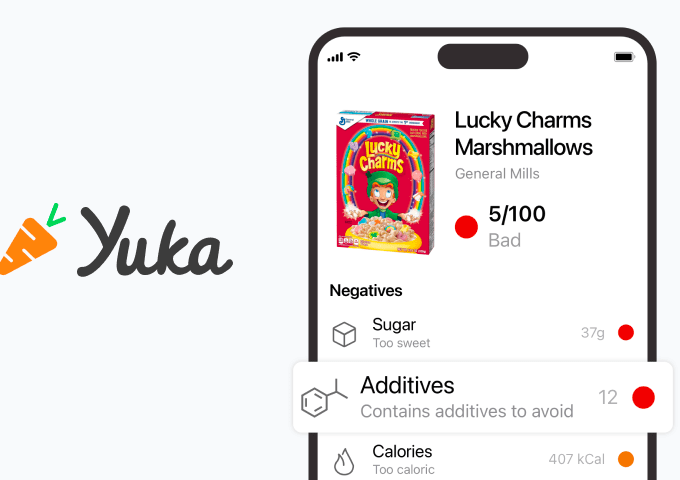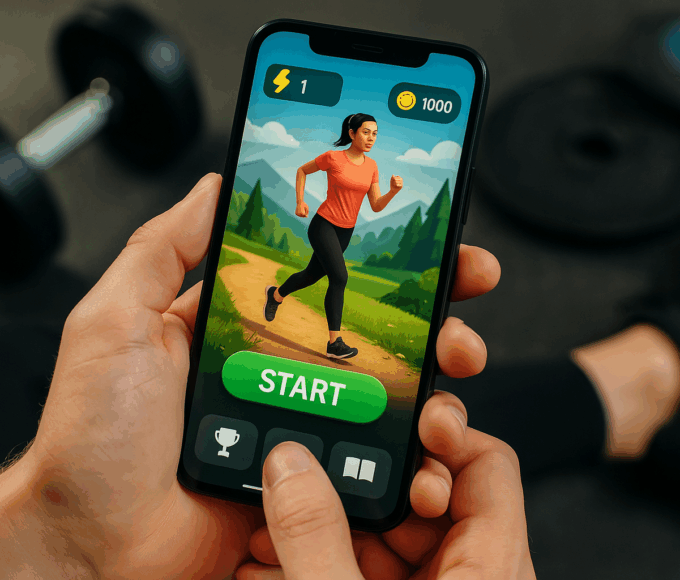Calm is My Go-To Wellness App
I have a folder full of wellness apps that I use regularly. My gym app helps me book classes, Garmin Connect analyzes my runs, and Strava lets me share them. I also test apps from various smartwatch brands, from COROS to Galaxy Wear. But despite having access to all these tools, there’s only one wellness app I use almost daily—and it’s the only one I actually pay for: Calm.
What Is Calm?
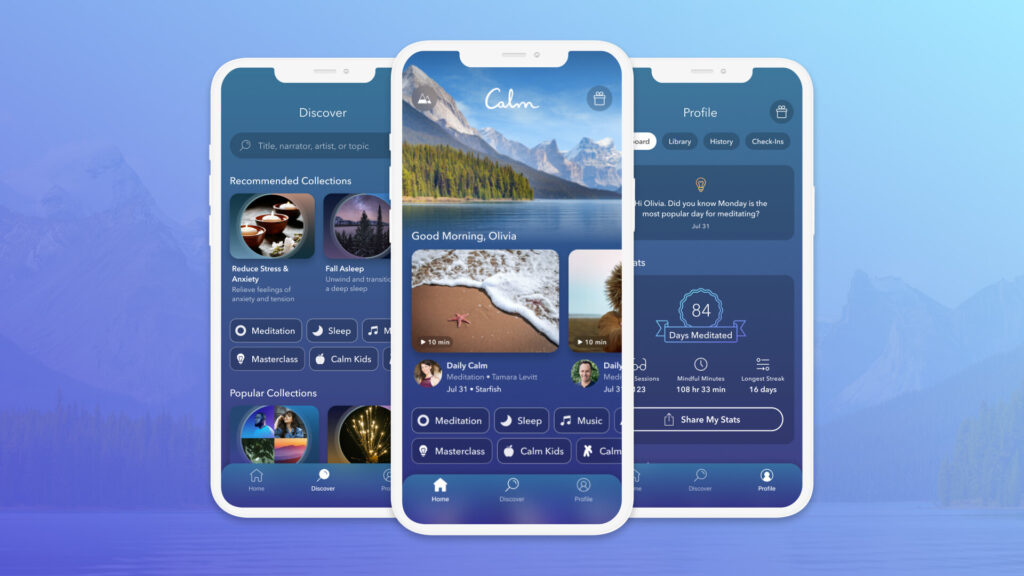
For those unfamiliar, Calm is a meditation and mindfulness app that offers both a free and premium tier, much like its main competitor, Headspace. The premium subscription, priced at $69.99 / £39.99 / AUD$91.99 annually (though I snagged mine on a discounted £21.99 deal), grants access to daily guided meditations, relaxation soundscapes, and specialized sessions to help manage stress and anxiety.
Essentially, Calm functions as an audio streaming service dedicated entirely to mindfulness, meditation, and sleep. One of its standout features is its collection of “sleep stories”—audiobook-style bedtime narrations lasting 30 to 60 minutes, read by both Calm’s team and well-known voices like Eva Green and Cillian Murphy. Shorter sessions focus on power naps, using guided relaxation techniques followed by birdsong alarms to wake you up gently after 20 minutes.
The app feels familiar, much like Netflix or Spotify, using algorithm-driven recommendations and streak-based rewards to keep you engaged. You can download content for offline listening, and yes, it even sends push notifications to remind you to meditate.
My Experience with Calm
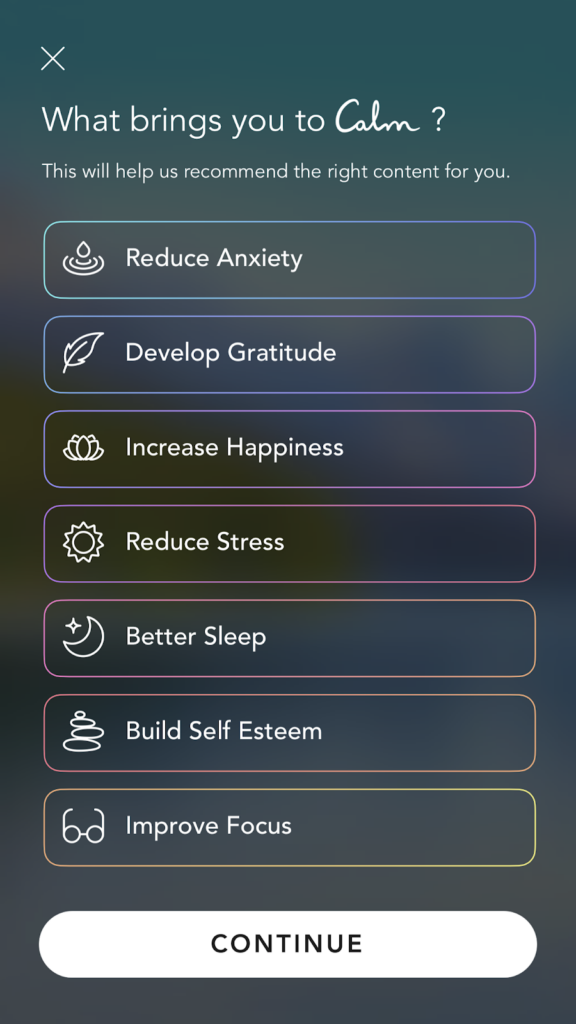
I’ll admit—I was skeptical at first. Like many people, I had tried and failed to make mindfulness a daily habit. The idea of tying meditation to app-based gamification felt a bit off to me. But I figured, why not give it a shot?
I started with Calm’s “Daily Calm”, a 10-minute guided meditation led by Tamara Levitt, the app’s head of mindfulness. Her soothing voice gently directs your attention to your breath, helping you refocus and unwind. Around the eight-minute mark, she introduces a short reflection on a different topic each day—whether it’s letting go of anger, embracing gratitude, or simply enjoying life’s little moments, like a warm cup of tea during a rainstorm.
Sure, it can sound a little “woo-woo” if you’re not into mindfulness, but Calm isn’t about spirituality—it’s about mental clarity. No crystals, no chakras, no incense—just straightforward tools to help you feel more at ease.
Why I Keep Paying for Calm
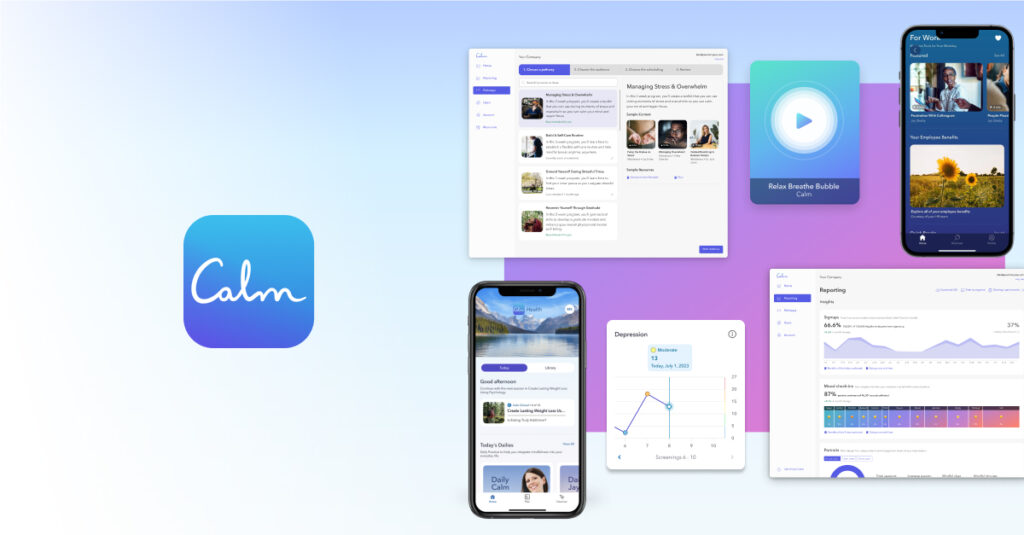
Out of all the wellness apps I’ve tried, Calm is the only one I pay for—and it’s been worth every penny. As someone who has struggled with generalized anxiety disorder (GAD), having an accessible tool to ground myself in stressful moments has been invaluable.
- Feeling overwhelmed on public transport? I pop in my headphones for a two-minute guided breathing exercise.
- Struggling to fall asleep? I let Star Trek’s LeVar Burton lull me to rest with a calming bedtime story about the wonders of the solar system.
At first, I worried about relying on an app for mindfulness, but I quickly realized that without Calm, I wouldn’t meditate at all. Left to my own devices, I’d just scroll through Reddit for 10 minutes instead of starting my day with a moment of peace. If I’m going to be glued to my phone, I might as well use it for something that benefits my mental health.
The Power of Calm – And Why It Works
Calm now boasts 25 million users, with four million premium subscribers. It was even recognized as one of TIME’s 100 most influential companies in 2022.
Yes, it has effectively monetized meditation—something that might make traditional monks cringe—but it’s also incredibly effective at helping people manage stress, improve sleep, and cultivate mindfulness.
At the end of the day, I pay for Calm for the same reason I subscribe to Netflix or Spotify: I genuinely enjoy the content. It helps me sleep better, build healthier habits, and sometimes even snap out of a bad mood. The guided sessions have taught me valuable lessons—ones I try (and sometimes fail) to apply in daily life, but that’s all part of the journey.
So if you’re looking for a simple yet powerful way to improve your mental well-being in 2025, I highly recommend giving Calm a try. It might just become your Homescreen Hero too.




